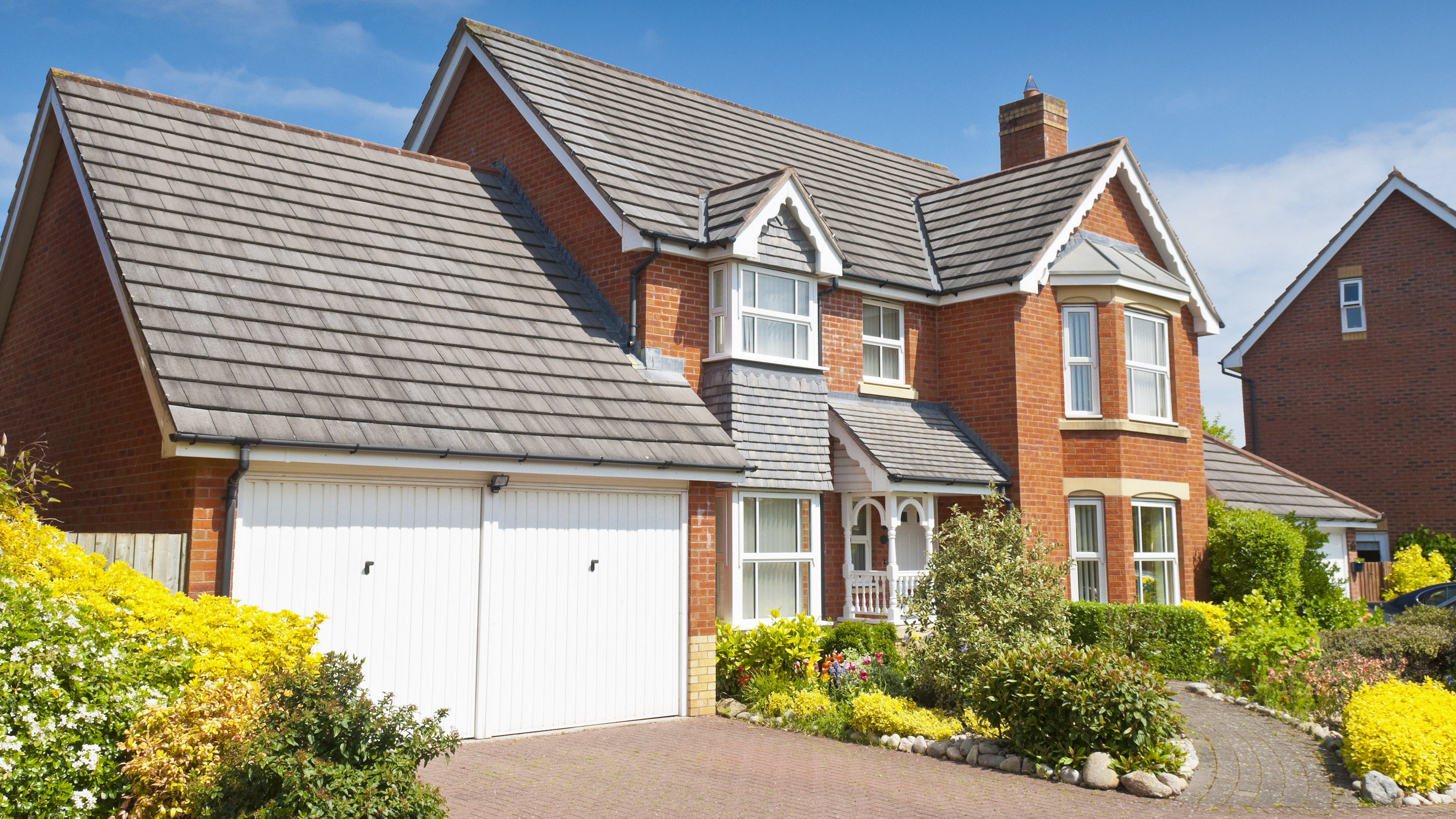What is bookmatching and could this luxurious finish elevate your kitchen design?
Subtle, but extremely effective, we take a look at the technique of bookmatching and how it can add a layer of extra luxury to your kitchen design
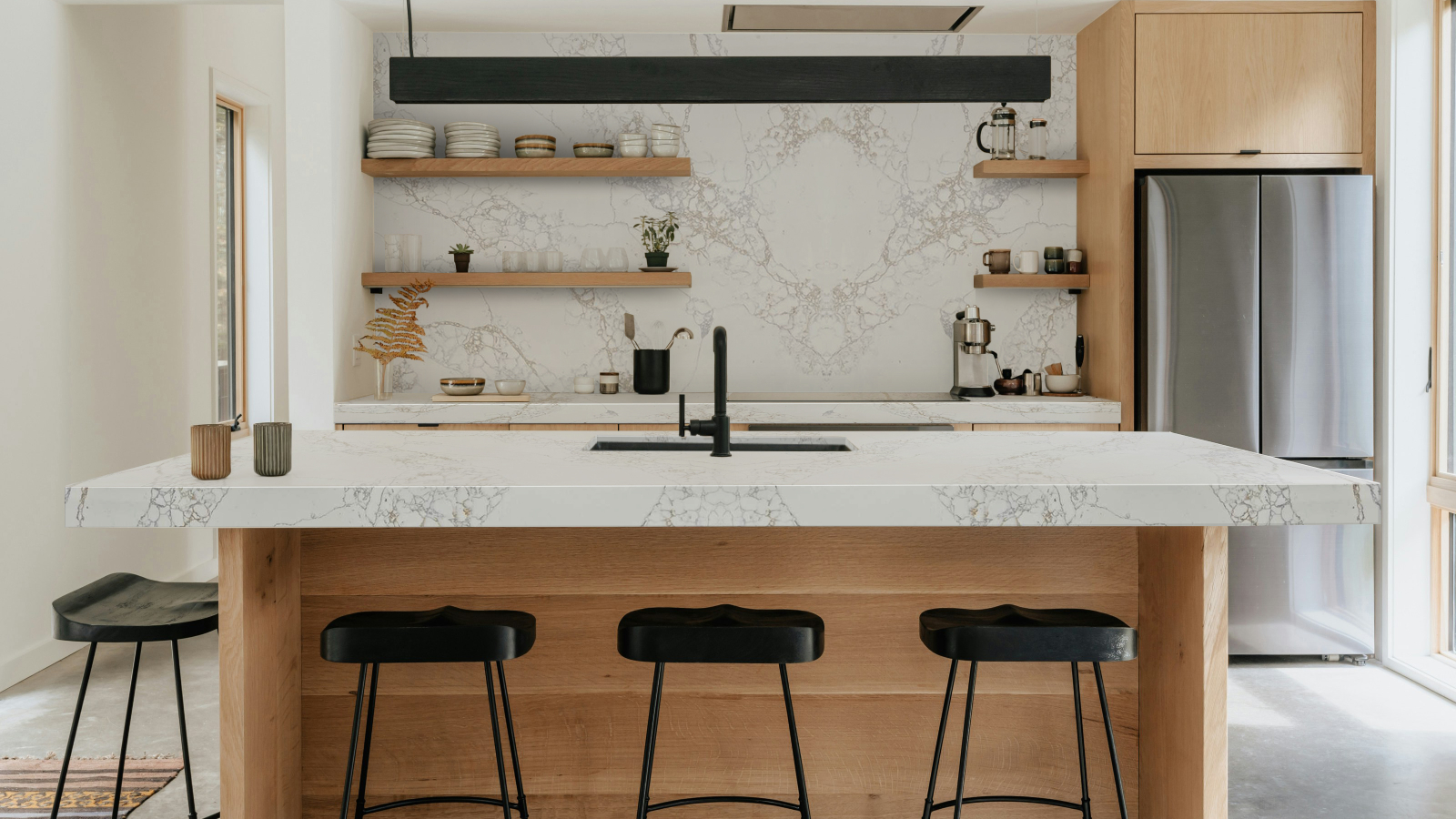
If you've ever seen or heard the term bookmatching mentioned in relation to kitchens, you could be wondering exactly what it is and if you should be considering it when designing a kitchen.
In essence, it's a finishing touch that adds a luxurious finish to different areas of your kitchen, but also has some additional practical benefits.
But where in your kitchen is it best used and is it suitable for all finishes and kitchen sizes? We asked the experts for their recommendations on how and where you should use bookmatching in a kitchen.
What is bookmatching?
While those new to considering kitchen ideas could be forgiven for thinking the term bookmatching is about using the colours and design of your favourite cookbook in your kitchen decor ideas, it's not. Break the term apart and you can begin to understand what it relates to.
"Bookmatching is the practice of matching two or more stone slabs and ensuring that the adjoining surfaces mirror one another for a dramatic and impactful statement," explains Oli Webb, director at stone specialists, Cullifords.
"Creating a symmetrical pattern which replicates an open book, it's a visually beautiful element to add to a kitchen and a way to make your space a complete statement," adds Matthew Weatherill, head of UK installations at Wren Contracts.
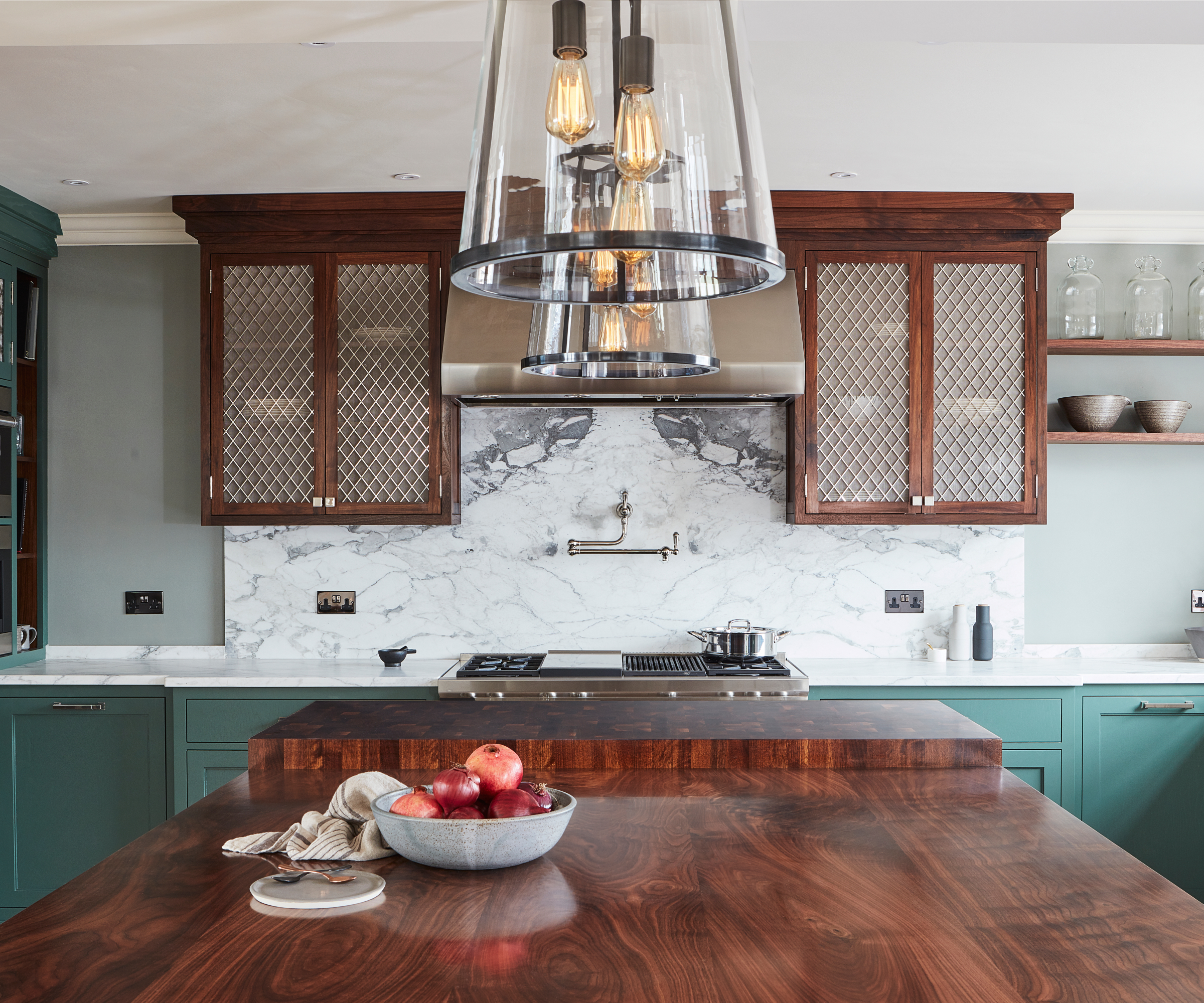

Oli Webb, Director at the well-established Cullifords, is an expert in his field, having worked in the stone industry for over 20 years. Sourcing some of the world’s most exotic and finest man-made and natural materials on the market and with a genuine passion for providing great customer service, Webb is dedicated to his craft.

With over five years experience as the Head of UK Installations at Wren Contracts, Matthew’s extensive experience in the kitchen, bedroom, and bathroom sectors has been instrumental in driving the growth of the business. Under his leadership, Wren Contracts achieved the prestigious FIRA Gold Accreditation for its installation services across kitchens and bedrooms, reflecting the company’s unwavering commitment to excellence.
What materials can you use for bookmatching?
Best created using materials such as marble, stone or quartz, Oli Webb explains how the process works.
"Bookmatching is achieved when a block of marble or stone is cut with expert precision into separate slabs. Each slab is then numbered and polished on alternating sides before joining together to create a continuous exquisite pattern.
"The result should be a near-identical, mirrored pattern that gives the impression of an open book."
Plainer materials don't have the qualities needed for the final effect which is why those products with a vein or pattern care often chosen to create the look. However, you can work with materials in a clever way that creates shapes and patterns using the bookmatching technique.
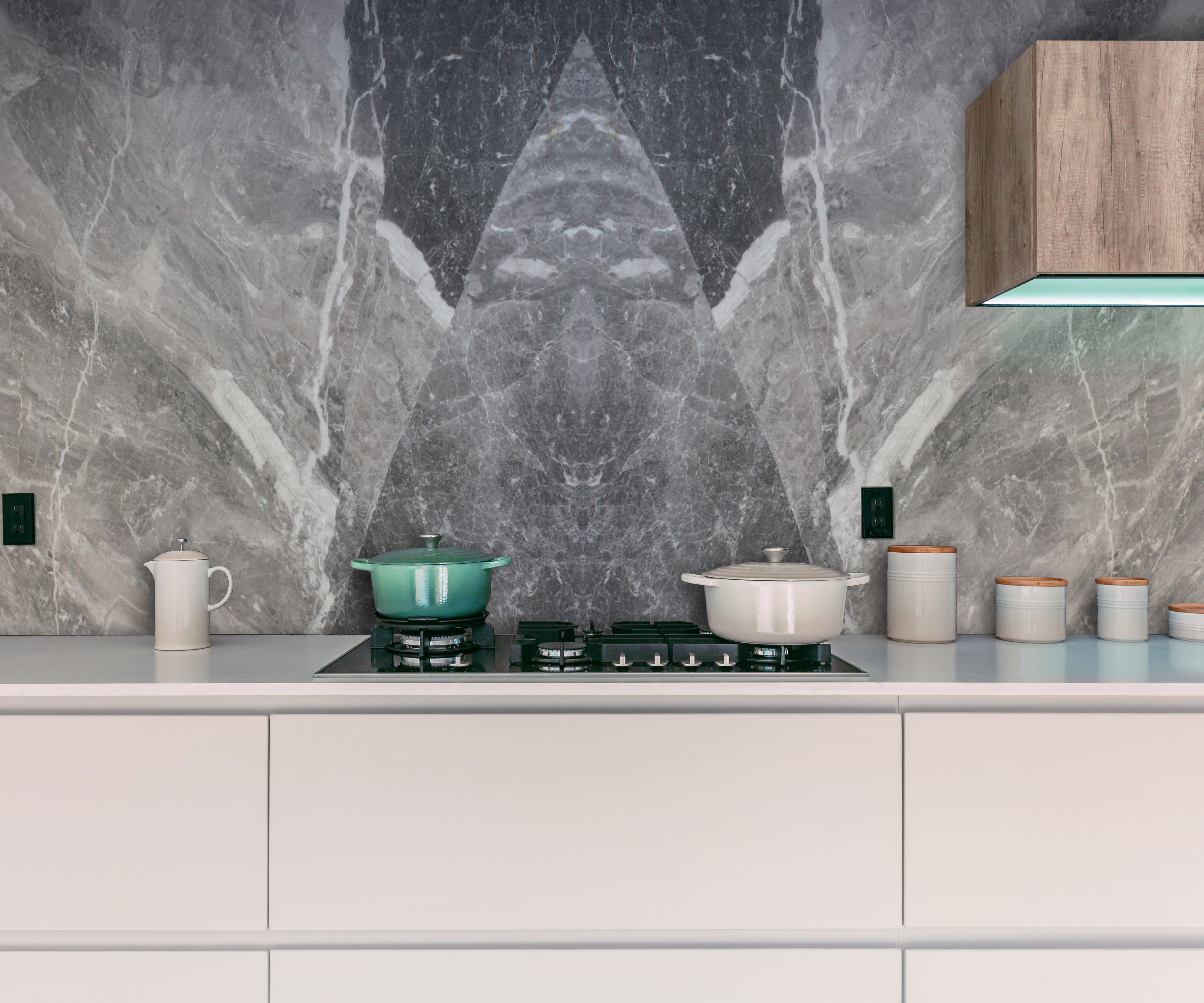
Where can you use bookmatching in a kitchen?
Although bookmatching can be used to great effect on kitchen splashback ideas, it can also be used in other locations in the kitchen where you will be applying a surface made from the right materials.
"Bookmatched surfaces can be used in various areas such as decorative splashbacks, worktops and tabletops and can amplify the look and feel of any kitchen space," says Matthew Weatherill.
"Bookmatching is often applied to natural stone slabs like marble on large surface areas such as kitchen islands," adds Oli Webb. "The mirrored effect creates a dramatic focal point, especially on a large surface."
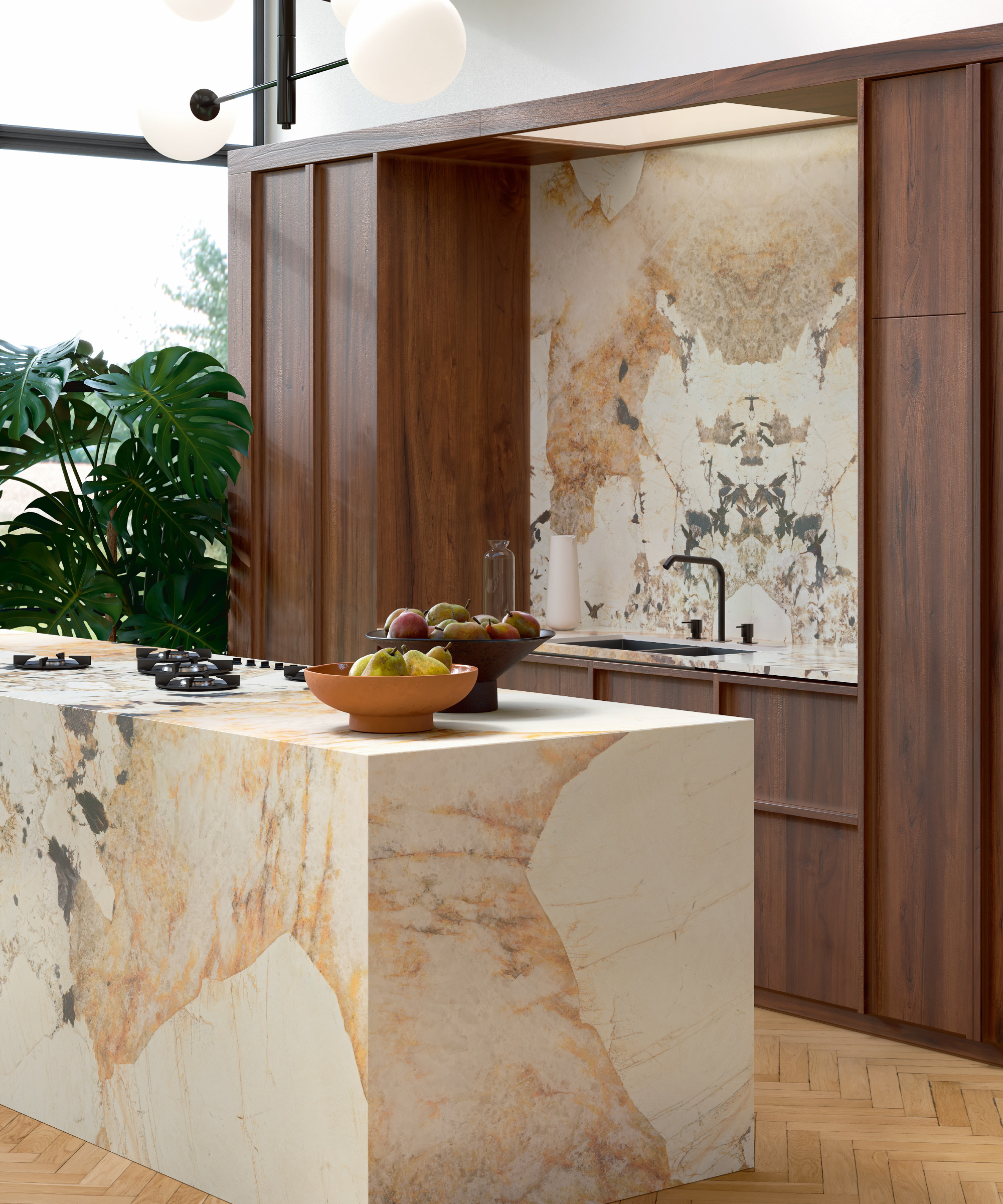
Bookmatching costs
If bookmatching is something you want to consider in your overall plans, it's worth asking your supplier if there will be any extra costs so that you can make sure your final new kitchen costs are on budget.
By default, the type of material it's best suited to, such as marble, tend to fall in the premium section of kitchen worktop costs. Likewise, the pattern or design you choose may have an impact.
According to Naked Kitchens, book matching can add significant cost to the worktop element as tends to be achieved from marble where sequential slices for the marble block are used to book match. Also, a more interesting grain is needed for the book matching to work well.
“It also depends on the design and size of the slabs," confirms Oli Webb. "In some instances, yes it can, because you have to buy additional material to achieve the book match look.”
However, it's not a finish that's limited to high end kitchen suppliers. “For those who are looking to infuse the quartz look within the home, Wren has a selection of quartz worktops in a variety of colours and finishes, allowing you to create a luxury yet natural aesthetic," says Matthew Weatherill.
Is bookmatching the same as vein-matching?
Although you may also hear the term vein-matching when discussing your kitchen splashback, it's not the same as bookmatching. Vein-matching will marry up sections of a veined material, such as marble, so that the vein runs along a continuous length creating a seamless stretch.
Bookmatching on the other hand is more like viewing a pair of butterfly wings that are identically mirrored on either side.
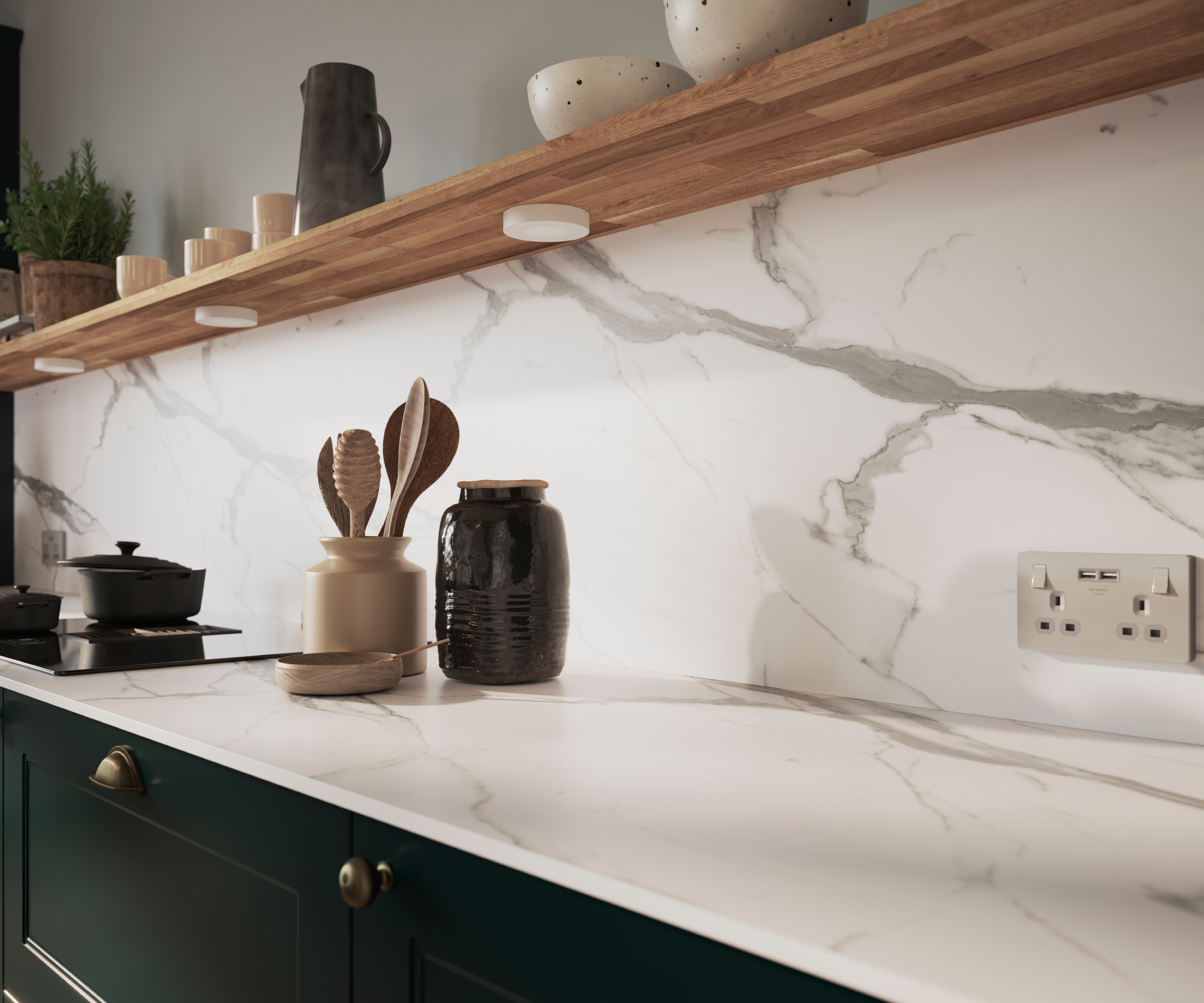
As well as adding a layer of luxury to your kitchen design, the process of bookmatching could also have additional benefits say our experts.
"Creating a bookmatched finish doesn't just look great," says Matthew Weatherill, "but when completed, a bookmatched surface is additionally very long lasting and easy to clean, making it a low maintenance yet high quality decorative touch."
Looking for more ways to add extra layers of luxury design to your kitchen? Why not consider including a waterfall worktop too, or a split level kitchen island idea? Both will help to add an eye-catching focal point to the heart of your home.
Get the Homebuilding & Renovating Newsletter
Bring your dream home to life with expert advice, how to guides and design inspiration. Sign up for our newsletter and get two free tickets to a Homebuilding & Renovating Show near you.
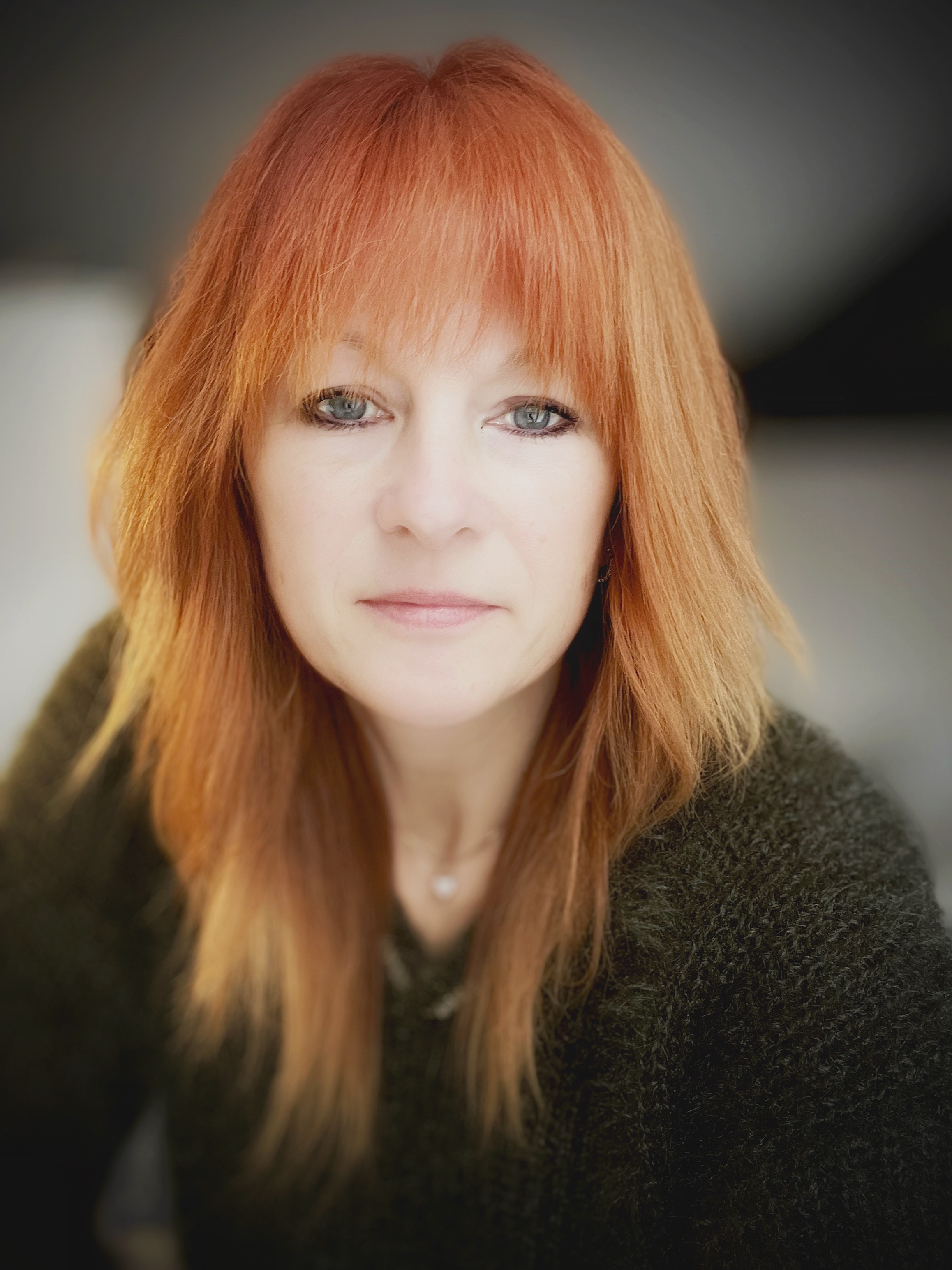
Sarah is Homebuilding & Renovating’s Assistant Editor and joined the team in 2024. An established homes and interiors writer, Sarah has renovated and extended a number of properties, including a listing building and renovation project that featured on Grand Designs. Although she said she would never buy a listed property again, she has recently purchased a Grade II listed apartment. As it had already been professionally renovated, she has instead set her sights on tackling some changes to improve the building’s energy efficiency, as well as adding some personal touches to the interior.
